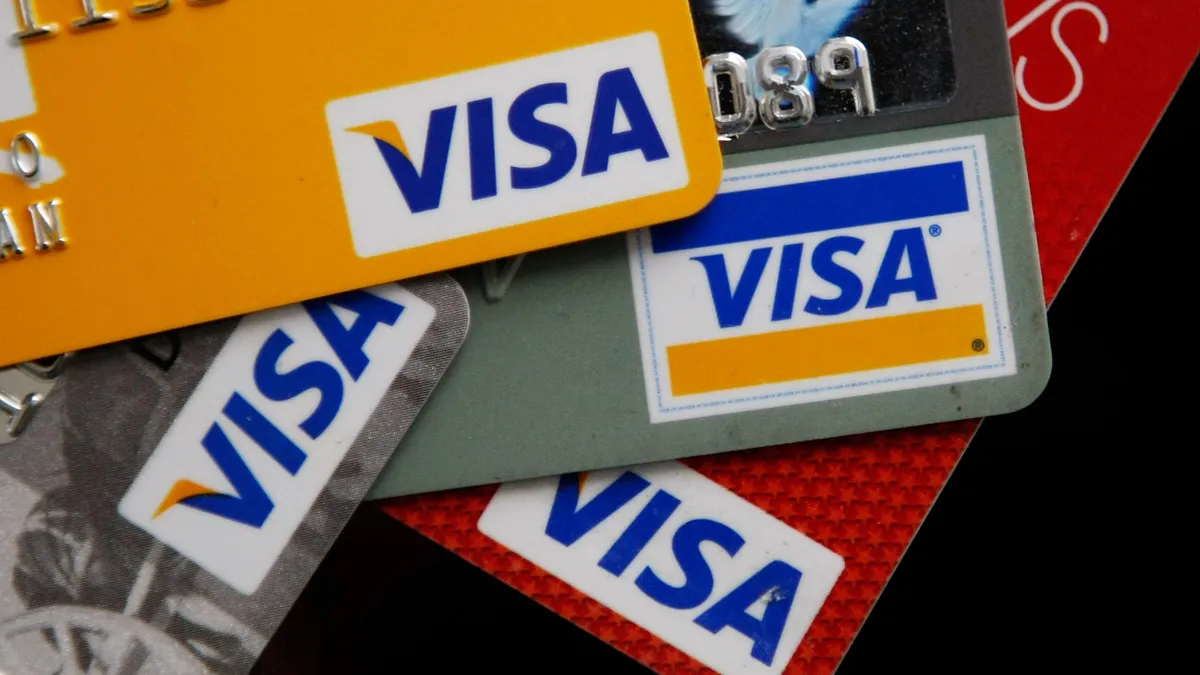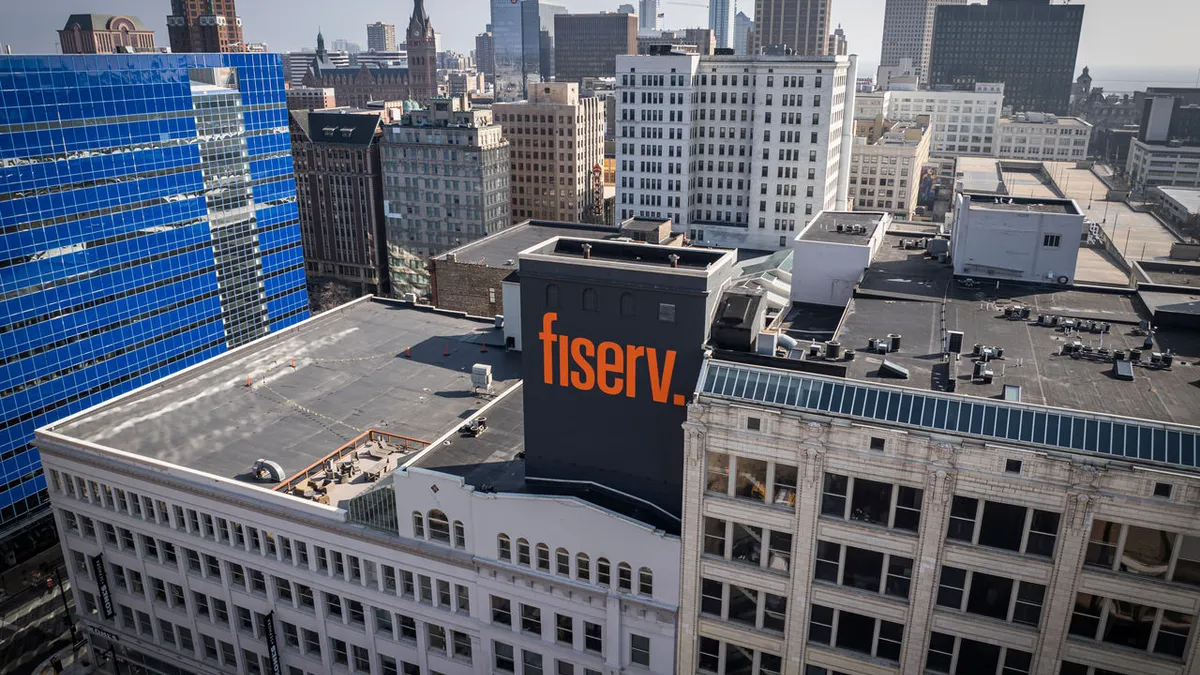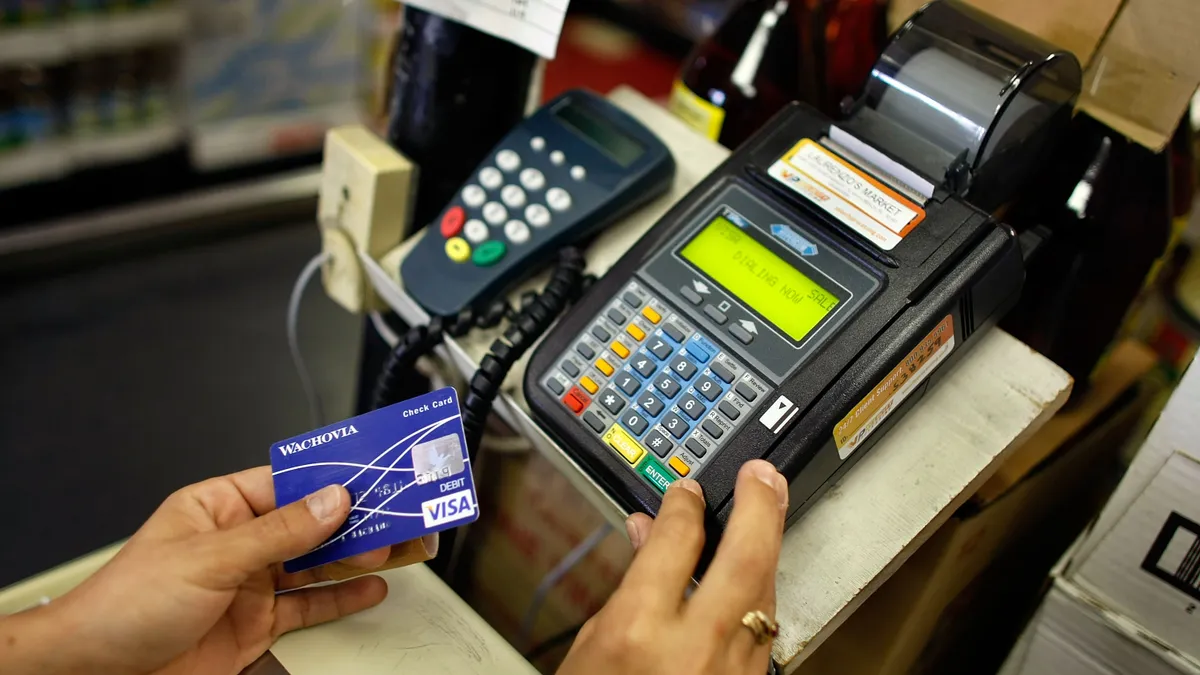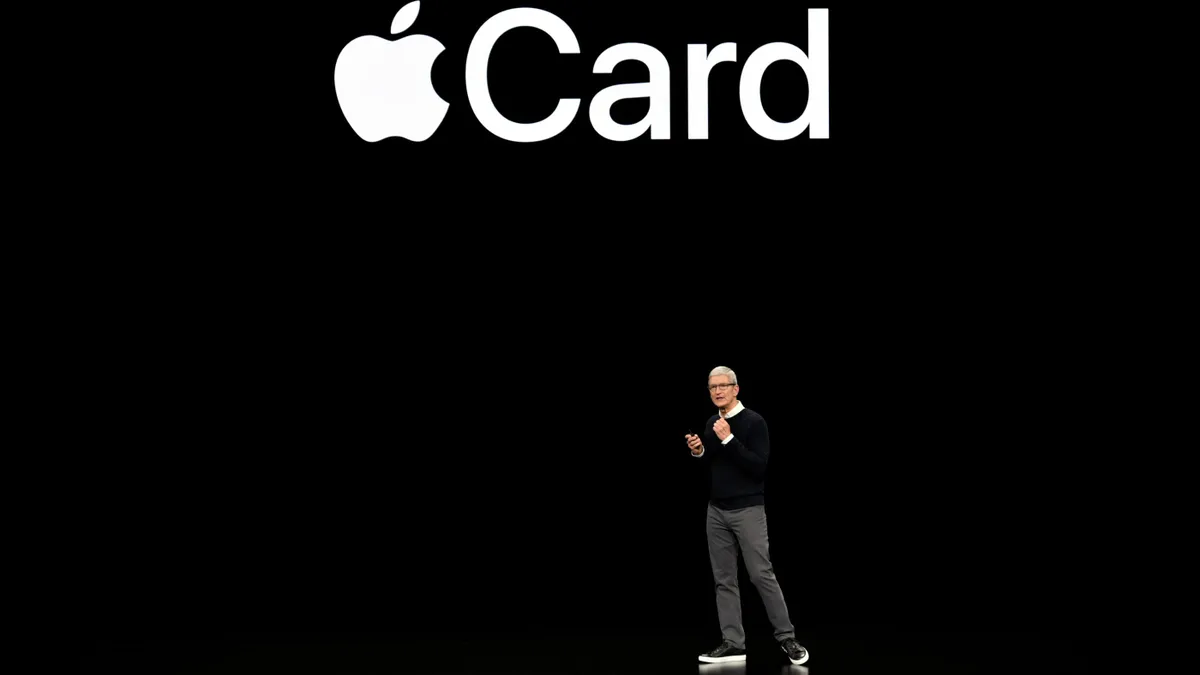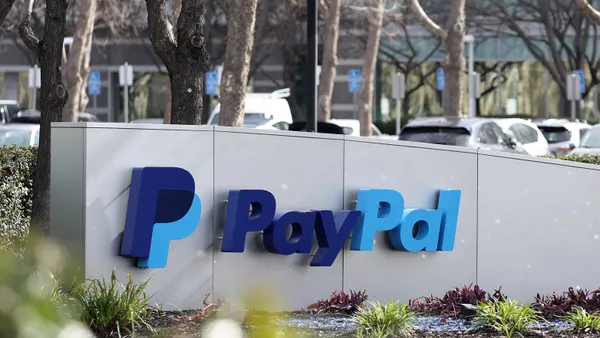In a one-two punch to its status as a major global digital payments processor, PayPal delivered disappointing fourth-quarter results Tuesday and a dimmer outlook for new customer and revenue growth this year.
The San Jose, California-based company reported fourth-quarter profits that fell below last year's net income for the same period and cut its expectations for revenue growth this year in a surprise for Wall Street analysts.
The year is "off to a slower start" than the company expected, PayPal Chief Financial Officer John Rainey said during a webcast with analysts to report the results. That, in combination with macroeconomic pressures, prompted what he called a more "cautious outlook" for growth.
The company’s executives disclosed PayPal won’t achieve its prior goal of reaching 750 million active users by 2025, noting it ended last year with 426 million. In tandem, they cut back prior revenue growth projections for this year to between 15% and 17%, from about 18%.
2021 was a "difficult year," PayPal CEO Dan Schulman said on the webcast. In the wake of the weak results, the company's executives said they'll make a shift this year, focusing less on adding new customer accounts and more on prodding existing account-holders to boost activity.
PayPal's net income edged down to $4.17 billion last year, from $4.2 billion in 2020, even though revenue climbed 18% over 2020 to $25.4 billion. Similarly, fourth-quarter profit dropped to $801 million, almost half last year’s $1.57 billion for the quarter, even though revenue rose 13% to $6.9 billion.
Analysts who follow the company weren’t impressed. PayPal "reported weaker than expected 4Q21 results and provided a 2022 outlook short of our below consensus estimates," Cowen Equity Research analysts said in a Tuesday commentary on the results. They said they would lower estimates for future earnings of the company and anticipated the company’s stock would be "under meaningful pressure" Wednesday.
The company's stock dropped 24% in early trading on the Nasdaq Stock Market.
PayPal has been shoring up results in the past couple of years as its formerly major online retail partner eBay pulled business away in a long-planned separation of the two businesses. Nonetheless, the break-up is still taking a toll, extracting $1.4 billion from PayPal’s revenue last year and another $600 million in the first half of this year.
Making a new plan
Now, PayPal is changing up its strategy to adapt to the new reality without eBay and to adjust to this year's drearier company outlook.
"We are shifting our emphasis more towards engagement and towards driving higher value (net new active account-holders)," Schulman told analysts during the webcast. "Consumers who are more engaged drive incremental sales for our merchants and they drive growth at much higher margins and (return on investment)."
Rainey also weighed in on the new tack. "In assessing our marketing effectiveness, our engagement initiatives were considerably more successful than the incentive campaigns," Rainey said. "Moving forward, we will continue to grow our users, but our focus will be on sustainable growth and driving engagement."
Analysts that cover the company weren’t convinced the plan was all that new. "We look forward to improved metrics to track the (revenue per unit), but management has previously suggested that increasing user engagement remains one of the largest opportunities at PayPal," analysts at financial firm William Blair said in its Tuesday commentary.
An important part of that new tack is leading more customers to make greater use of PayPal's digital wallet and its phone app services, and the company plans to increase marketing on that front this year to boost customer engagement with its "super app."
Analysts noted that effort. super app users are estimated to double average revenue per account, and engagement with more than one product can reduce churn by 25%," the William Blair note said of PayPal's plan.
"Our view is spending money on lower value (net new accounts) that are not engaged in the base becomes an increasingly expensive proposition over time and does nothing for our revenue growth," Schulman said during the webcast.
Account growth slows
Despite the strategy reset, the company still expects to add more users, just not at the same heady rates seen the past two years, when the COVID-19 pandemic drew hoards of homebound consumers to e-commerce.
PayPal added nearly 49 million net new accounts last year, including those absorbed through acquisitions of shopping and rewards software company Honey Science and Tokyo-based buy now-pay later player Paidy. It collected about 122 million over the past two years.
That was "substantially more" than the company’s pre-pandemic levels, Schulman noted.
Still, when PayPal used incentive programs to jumpstart activity in more sluggish accounts, increased activity didn't last so the expense didn’t pay off, the executives said.
Schulman suspects account acquisition will revert to what it looked like before the pandemic. Indeed, that’s already showing up in the company’s results for last year, with a 39% drop in net new active accounts for the fourth quarter compared to the period last year, and a 33% decline in such accounts for the full year, relative to 2020, according to PayPal’s report.
"We had a slower than expected finish to the year and came in below our target," Rainey said on the webcast.
Mainly, Rainey blamed a decision to jettison about 4.5 million accounts that were created by "bad actors" attracted to its incentive programs. But he also pointed to a slowdown in e-commerce, especially among lower-income consumers, supply chain jams, inflation and a lack of stimulus funds. Finally, he noted the self-inflicted slowdown as PayPal shifted gears on its account acquisition strategy.
There will be more of the same drag on adding new accounts this year, as less active users drop off, he said. "We strongly believe that we are making the right decisions in redirecting our spend toward high-value customer acquisition and engagement channels," the CFO said.
Rainey noted that the vast majority of PayPal’s volume derives from about a third of its customers. "We need to pivot to evolve with the feedback that we've received and go achieve our medium-term guidance a different way than what we initially had laid out," he said.
One fading piece of news the company didn't mention during the webcast were reports in the fourth quarter that it was interested in buying the social media outlet Pinterest. That $45 billion prospective purchase apparently isn't part of the new growth plan.





